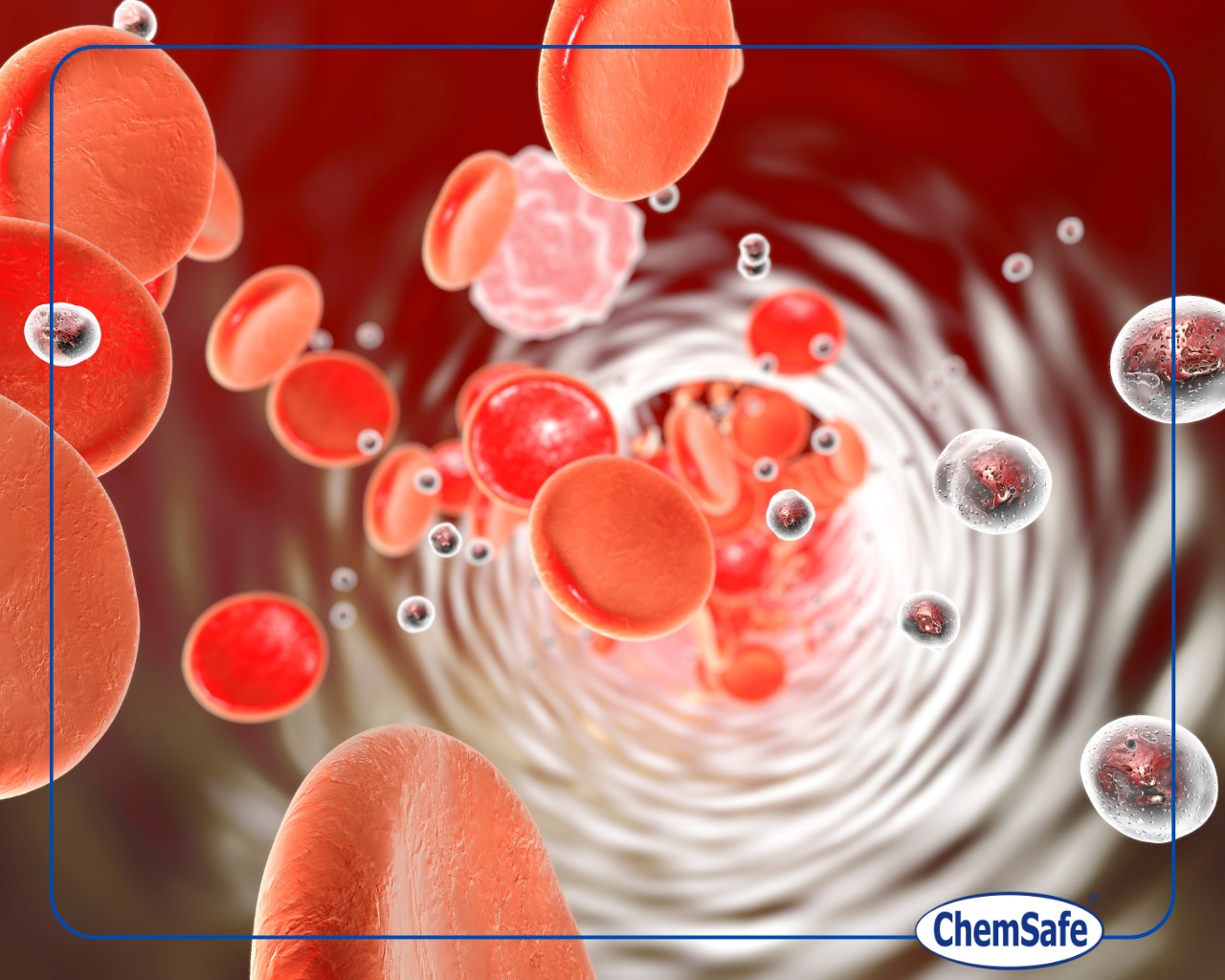The implementation of nanotechnology in the food sector is constantly growing, changing how food is produced, processed, packaged, and stored. Now, food products can boast an improved bioavailability of micronutrients, enhanced consistency and taste, and ensure stricter control on microbiological parameters, thereby allowing an extended shelf-life, all thanks to nanosized formulations.
At the same time, after absorption, nanoparticles may enter the bloodstream and settle in different tissues such as the brain or trigger an immune response, leading to unintended effects on the human body[1]. This is the reason why nanosized materials need to be carefully evaluated and are strictly controlled at the Regulatory level.
In addition, any product that is going to be placed in the market, including novel food and food contact materials, must be evaluated for its content of unvoluntary nanoparticles that can be arose, for example, as by-product of the production process. In assessing Novel Foods, even if nanosized materials are not sought, a preliminary assessment of the size distribution of the Novel Food must be carried out and submitted to the Authorities within the technical dossier.
In the European Union, intentionally produced nanosized particles fall in the Novel Food Regulation (No. 2015/2283) under the “engineered nanomaterial” definition. Specifically, they are defined as “any intentionally produced material that has one or more dimensions of the order of 100 nm or less, or that is composed of discrete functional parts, either internally or at the surface, many of which have one or more dimensions of the order of 100 nm or less, including structures, agglomerates or aggregates, which may have a size above the order of 100 nm but retain properties that are characteristic of the nanoscale”.
To support the applicant in the nanoparticles assessment, the European Food Safety Authority (EFSA) has provided two guidance documents, “Guidance on technical requirements for regulated food and feed product applications to establish the presence of small particles including nanoparticles” and “Guidance on risk assessment of nanomaterials to be applied in the food and feed chain: human and animal health”.
The former indicates the appraisal criteria that should be adopted to evaluate whether the conventional risk assessment of the food product should be complemented with nanospecific considerations. In detail, the product should be addressed for its solubility and dissolution rate, which serve as crucial physicochemical properties to assess whether consumers can be exposed to particles.
If solubility and dissolution rate requirements are unmet, applicants are asked to assess whether the food product contains a fraction of small particles and, eventually, its characterization. The presence of nanoparticles in the product triggers the next step, where safety studies are required to demonstrate that the fraction of small particles has been appropriately evaluated.
To complete the picture, the Guidance on risk assessment of nanomaterials outlines a tiered framework of toxicological studies in which nanoparticle content should be evaluated, including toxicokinetics, genotoxicity, and local and systemic toxicity testing. Depending on the initial tier results, additional studies may be required to assess the reproductive, chronic and carcinogenicity, immunotoxicity and allergenicity, neurotoxicity toxicity and potential effects on gut microbiome and endocrine activity.
In the Business Unit Food of Chemsafe, nanoparticle assessments are normally performed. Ask our staff to know more. Email us at chemsafe@chemsafe-consulting.com
[1] Amini SM, Gilaki M, Karchani M. Safety of nanotechnology in food industries. Electron Physician. 2014 Nov 27;6(4):962-8. doi: 10.14661/2014.962-968. PMID: 25763176; PMCID: PMC4324265.
Collecting all the data and building a solid dossier can be challenging for food companies. Chemsafe is here to help. Please send us an email to chemsafe@chemsafe-consulting.com. Our Business Unit Food will be glad to assist you!







